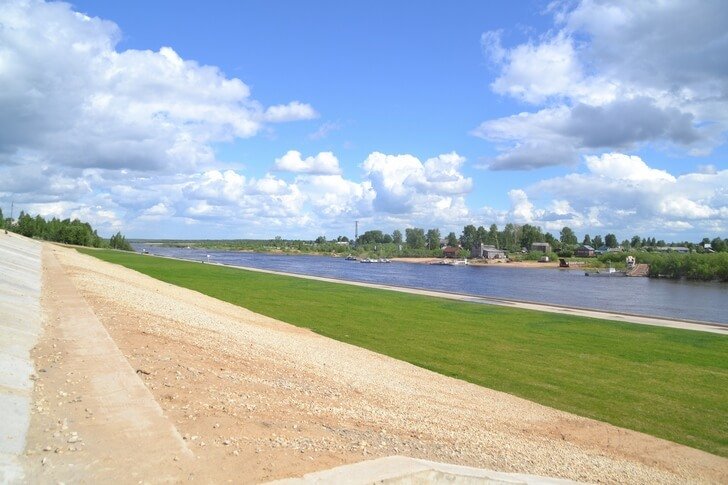Syktyvkar is located on the left bank of the Sysola River. According to its location, it was called Ust-Sysolsk. In the past, the Komi capital played an important role as a trading center in the northern part of the country. However, now it is a typical provincial town, but with its own special flavor, hidden in the details.
The architecture of Syktyvkar is typical of the last century. Although there are notable objects, such as the fire tower and the Church of Christ the Savior. They have become symbols of the city and are often found on souvenirs. Do not forget the locals about their national characteristics. In the theaters of the city, you can visit performances in the Komi language. And one of the most popular monuments among tourists is dedicated to the letter "Ӧ" - the 18th in a row in the Komi alphabet.
What to see and where to go in Syktyvkar?
The most interesting and beautiful places for walking. Photos and a short description.
- Fire Tower
- Stefanovskaya Square
- Memorial Eternal Glory
- Labor Glory Monument
- National Museum of the Komi Republic
- National Gallery of the Komi Republic
- Museum of Olympic champion Raisa Smetanina
- Geological Museum. A. A. Chernova
- Drama Theatre. V. Savina
- Opera and Ballet Theater of the Komi Republic
- St. Stephen's Cathedral
- Church of Christ the Savior
- Monument to the letter Ӧ
- Monument Dawn over Chukotka
- Park named after S. M. Kirov
Fire Tower
During its construction in 1901 it was the tallest building in the city. A clock was installed on top of the tower. They played a certain tune every hour from 8 am to 10 pm. For its intended purpose, the tower has not been used for a long time. Inside there is a museum that tells the story of Syktyvkar and firefighters. Notable exhibits are a diorama of a large fire and a mannequin-fireman Yashka.
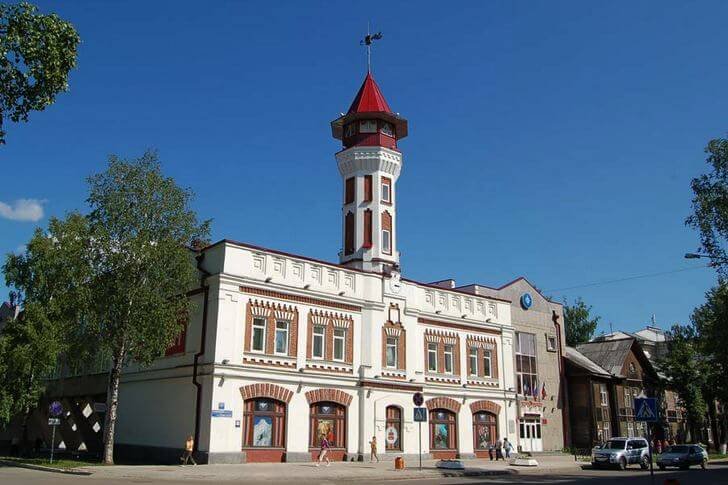
Stefanovskaya Square
One of the oldest sights in the city. The area was marked on the map in the plan of general development of Syktyvkar. It was signed by Catherine II herself. In the middle of the 19th century, the Stefanovsky Cathedral was built here, and the square got its name. After the Bolsheviks came to power, the temple was demolished, and the square was renamed Red Square. With the collapse of the USSR, the original name also returned.
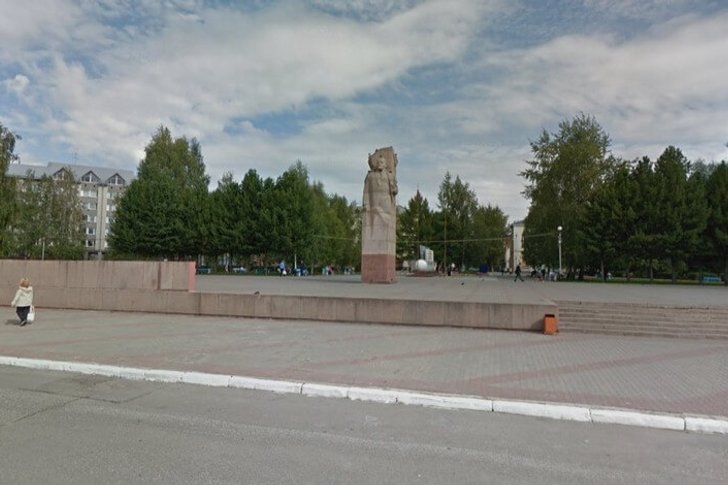
Memorial "Eternal Glory"
Opened in 1981. Dedicated to 14 thousand residents of the city who participated in the battles of the Great Patriotic War. About a third of them died. The sculptural group consists of three figures - the mother, wife and daughter of a soldier. An eternal flame burns before them. On the sides and back there are plates with the names of veterans. They are low and angled. Subsequently, the memorial was supplemented with images of the lowered banner and the order.
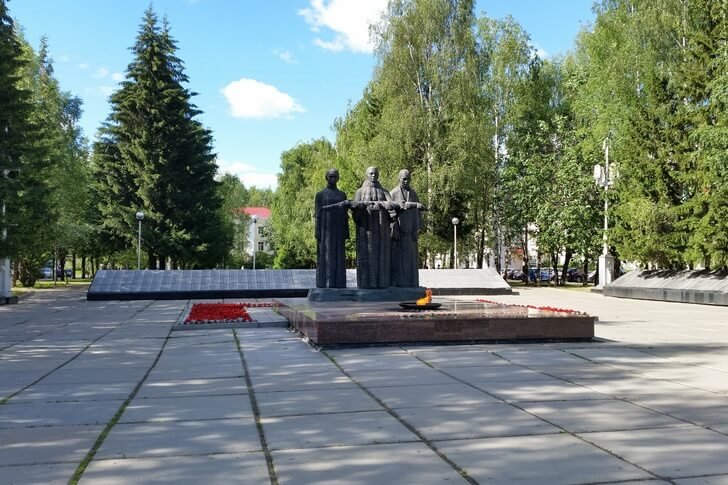
Labor Glory Monument
There is a "ring" at the intersection of Oktyabrsky Prospekt and Kommunisticheskaya Street. A small green island in 1977 became a platform for the installation of an unusual stele. The reason for the erection of the monument is the assignment of three orders to the republic. They are depicted at the top of the stele. The height of the titanium attraction is 22 m. In winter, the monument is illuminated during the polar night.
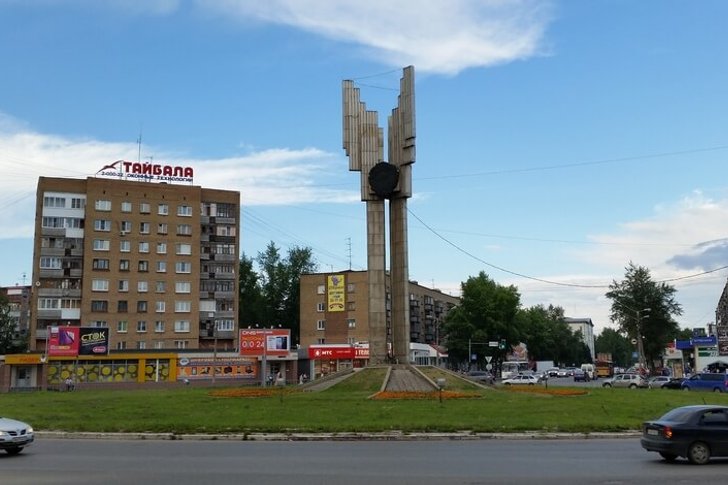
National Museum of the Komi Republic
The largest and oldest museum of the republic. Founded in 1911. Initially, the museum collection was based on a small collection of ethnographic and archaeological materials. Cooperation with the Society for the Study of Komi also helped the development of the exposition. Now the museum covers many topics and directions. One of the popular exhibitions is dedicated to icons dating back to the 16th-20th centuries.

National Gallery of the Komi Republic
The only art museum in the region. The funds contain about 7 thousand art objects of the 17th-21st centuries. The exposition is divided into several sections. Among them, the smallest is foreign. It presents landscapes of the century before last and several samples of arts and crafts. Popular exhibitions include a collection of paintings by avant-garde artists.

Museum of Olympic champion Raisa Smetanina
Opened since 1997. He occupies a house donated by the republic to the famous champion. Smetanina was a member of the cross-country skiing team for 20 years. She participated in 5 Olympiads, and each returned with medals. In addition, there are many more cups and awards in her collection. The exposition tells not only about the biography of the athlete, but also about the development of cross-country skiing, as well as about other Komi athletes.

Geological Museum. A. A. Chernova
Works since 1968. Named after the discoverer of the Pechora coal basin. The exposition is diverse: samples of minerals and fossils are available to visitors, as well as interactive maps, original photos and documents. Although the exhibitions are mostly devoted to the republic and its peculiarities, there are also finds from other regions of Central Russia. The collection is distributed over several rooms.
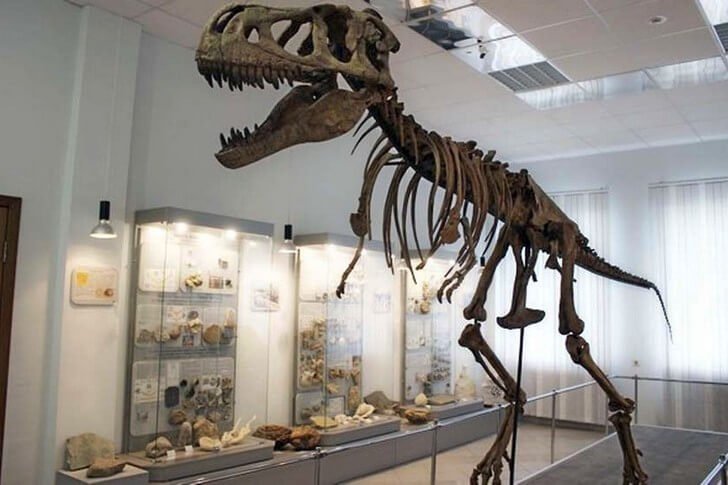
Drama Theatre. V. Savina
Opened in 1930. Subsequently, he received a name in honor of his founder, who was a director and playwright. The troupe was formed from graduates of theatrical universities from many cities of the country. One of the iconic plays is “Wedding with a Dowry”. Its peculiarity is that it is staged entirely in the Komi language. In the theater, preference is given to classical works. There are exceptions, like "Ydzhyd myzh".
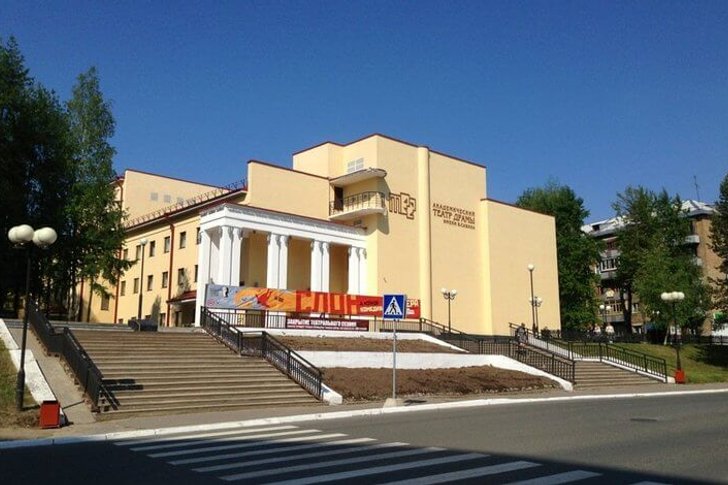
Opera and Ballet Theater of the Komi Republic
Exists since 1958. Premiere production - "Eugene Onegin" by Tchaikovsky. In 1969 he moved to the current building. The repertoire includes many award-winning productions at the local and international levels. The troupe is touring Russia. Invited artists from other groups take the stage of the theater on an ongoing basis. The theater hosts the Golden Swallows festival.
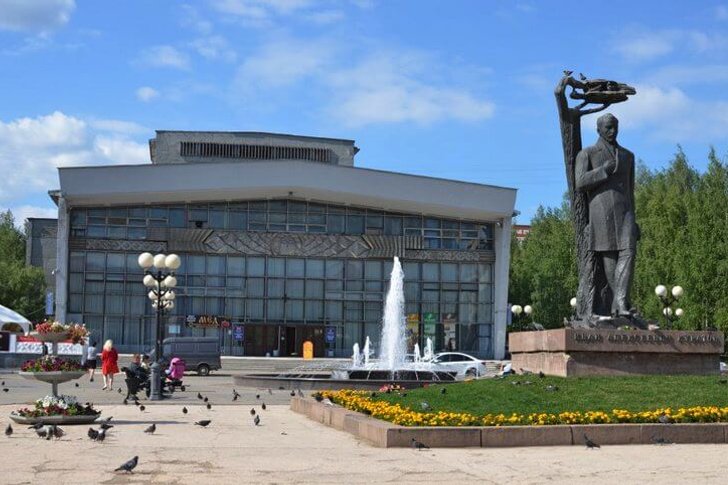
St. Stephen's Cathedral
The main Orthodox church of the republic. Construction began in 1896. By the time it was completed, the cathedral was the tallest building in the city. In the 1930s, a decree was signed on the need to eliminate the temple. Restoration took place in the 90s. However, the new project was largely different from the original. It is larger and has many decorative details, such as a special type of masonry on the walls and granite panels on the choir stalls.

Church of Christ the Savior
One of the 15 religious sites in the region belonging to the Evangelical denomination. The temple was founded in the 40s of the last century, but the current building dates back to the 90s. The majestic house of prayer is one of the symbols of Syktyvkar. His image is often applied to souvenirs. For some time, until 2007, taking into account the cross on the church tower, the building was the tallest in the city.
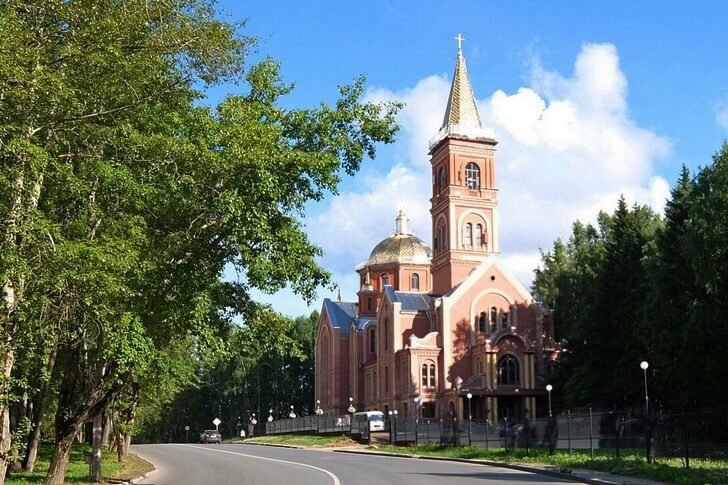
Monument to the letter "Ӧ"
Located in front of the entrance to the Center of Komi Culture. Height - 2 meters. It looks like a stone slab with the 18th letter of the Komi alphabet printed on it. A monument designed by A. Rassykhaev was made in less than a month. However, due to disputes over the installation site, the opening took place only a year later in 2011. The letter "Ӧ" is part of the culture of the region. It was first used in the middle of the 18th century by the historian Miller.

Monument "Dawn over Chukotka"
Installed in front of the airport building in 1980. Another name for the sculpture is "Young Man with a Bird". The composition depicts a young reindeer herder who is either “learning” to fly or imitating the freedom of birds. It was erected on a high pedestal to give more symbolism to the monument. The monument is made of forged copper. Small red flags are placed around the perimeter of the site.
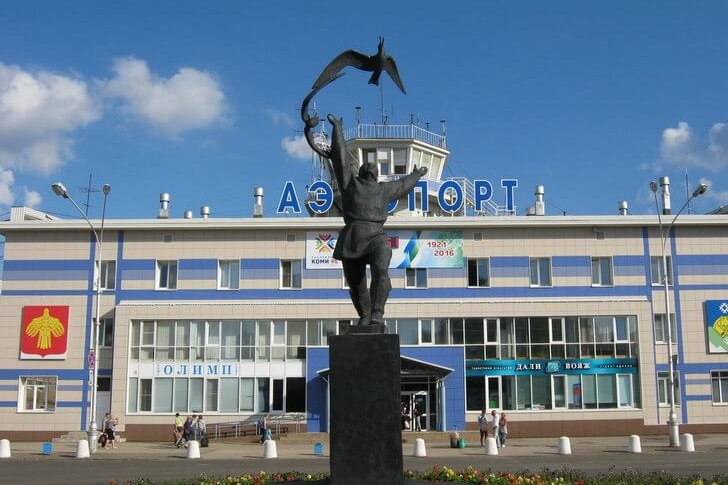
Park named after S. M. Kirov
Destroyed in the 30s of the last century. Previously, this territory belonged to the city gardens and market square. Bears the name of Kirov since its foundation. A fence with monumental gates was installed around the perimeter. The park has undergone cosmetic changes. For example, flowerbeds and additional alleys were added, as well as birch and poplar trees. Already in our century, a children's area with attractions appeared on the territory of the park.
